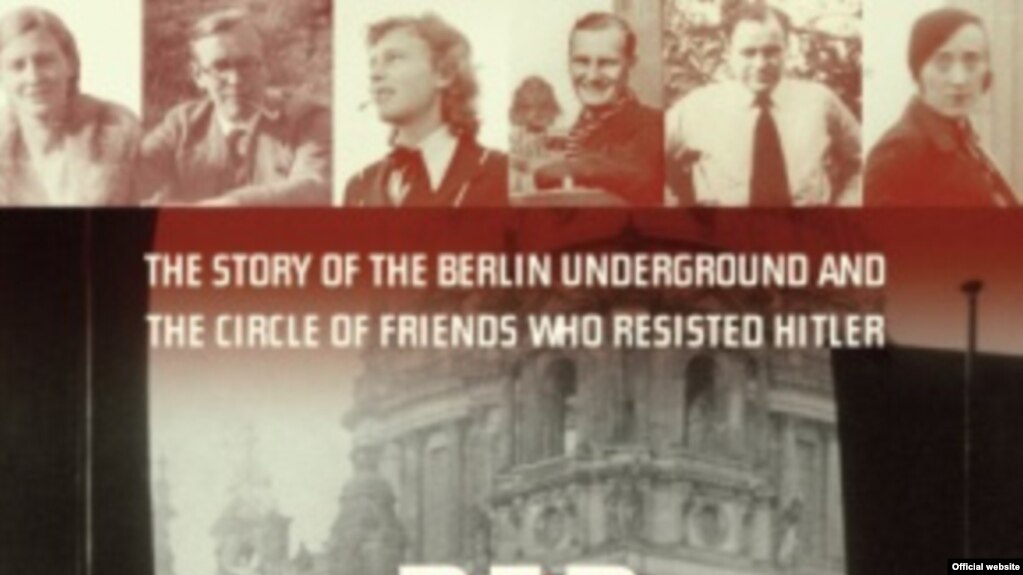Collective burial of Nazi-era anatomical specimens
 On May 13, 2019, the Department of Anatomy, Berlin Charité University Hospital, Berlin, Germany, buried more than 300 microscopic slides discovered on a property that formerly belonged to anatomist Hermann Stieve.
Although not stated,
the slides are presumed to derive from Stieve's research at the Anatomical Institute, Berlin University, Berlin, Germany, during World War 2, on the effects of stress on female reproductive organs.
On May 13, 2019, the Department of Anatomy, Berlin Charité University Hospital, Berlin, Germany, buried more than 300 microscopic slides discovered on a property that formerly belonged to anatomist Hermann Stieve.
Although not stated,
the slides are presumed to derive from Stieve's research at the Anatomical Institute, Berlin University, Berlin, Germany, during World War 2, on the effects of stress on female reproductive organs.
Some of the slides had names of the victims from whom the sample was taken. These names should have been made public to honour them, and details should have been disclosed concerning the unnamed slides and the wider victim group.
Since 1990, medical institutions in Germany have been burying their scientific specimens in anonymous collective burials, and the most recent slide burial is an example of an ongoing denial of the identity of research victims during World War 2.
One alleged reason for anonymising the slides is to honour the wishes of the victims' descendants, which stems from a bioethical position that the present has primacy over the past. This raises the question as to whether collective anonymisation can be reasonably justified on what might be the imputed doubts of just a single descendant? Such rationale for anonymisation and concealing the details of a victim's identity (from when the specimen was taken to the present day) occurs routinely in Germany. Should honouring the victim not take primacy (as is the case in Holocaust history)? Giving living relatives primacy transposes a wartime atrocity into the sphere of normal clinical ethics.
This normalisation is highly problematic. Stieve's research victims included Mildred Harnack and Libertas Schulze-Boysen from the Red Orchestra (Rote Kapelle) resistance group.
Stieve's full list
of 174 women and eight men is available, but the failure to disclose the names on slides and the names of the wider group of people who were included in the research disconnects the burial from the historic list.
No comments:
Post a Comment